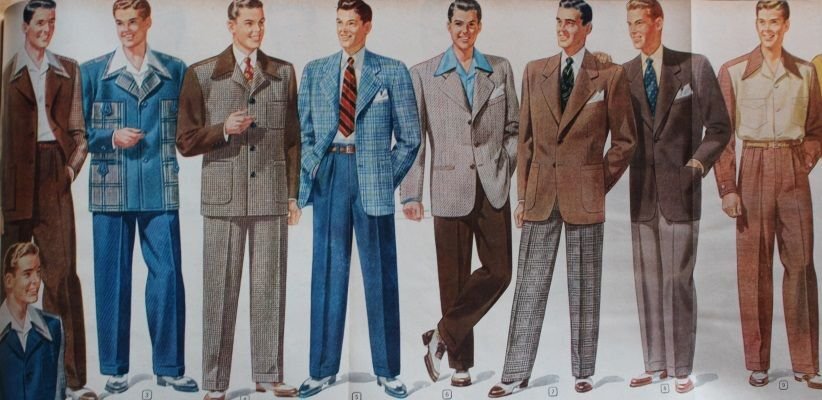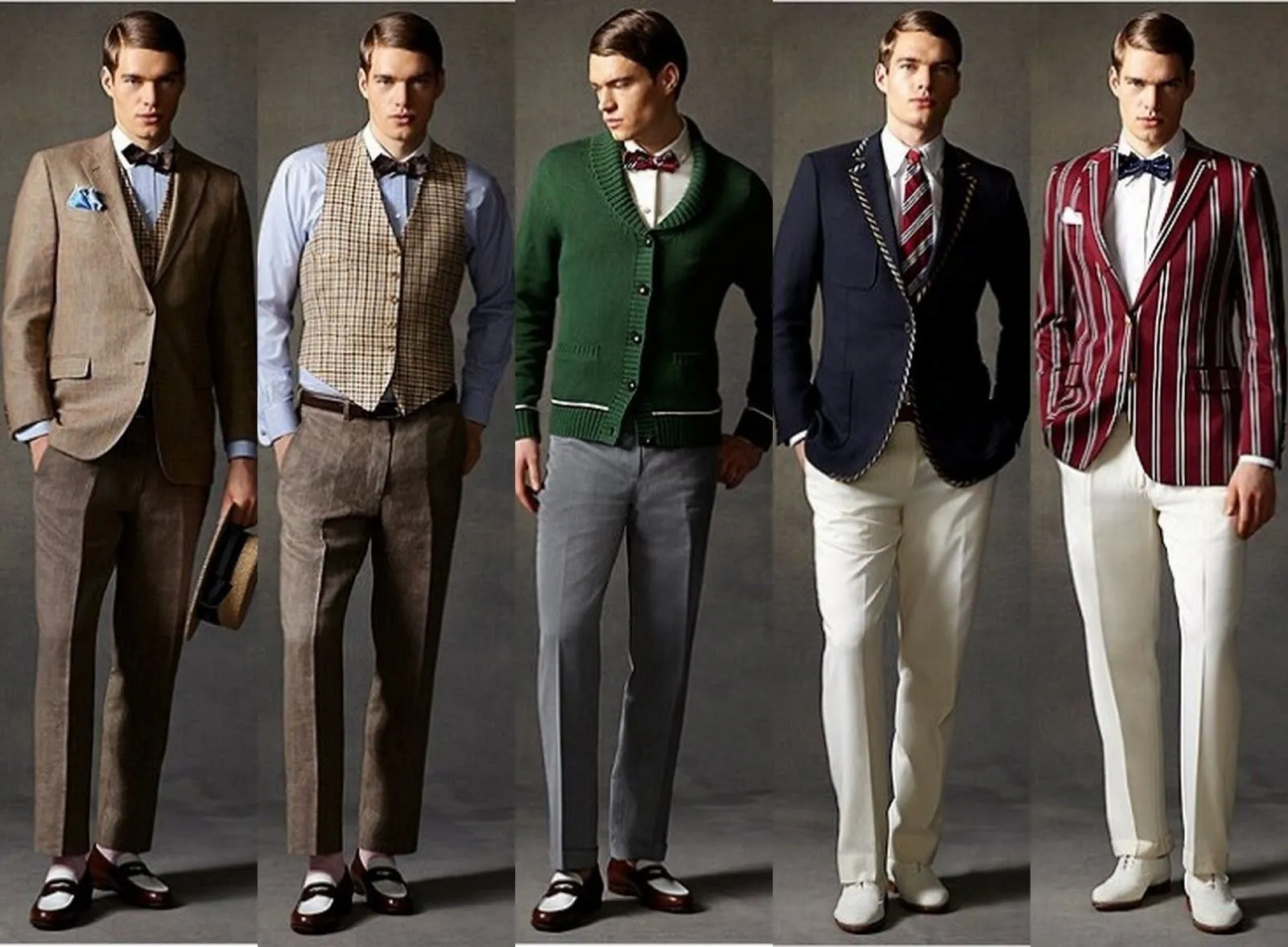The new modern man was born amidst revolution, art, and economics during the Jazz Age and the suited man derived his elegance from this transition in the 1920s. The style of the 20s remains powerful nowadays, with dapper suits and stylish accessories. In this blog, we’ll discuss men’s styles of the 1920s, their impact on culture, and how the era shaped today’s working men’s dressing.

Key Elements of 1920s Men’s Fashion
1. The Evolution of the Suit: Tailored, Slimmer, and More Elegant
During the 1920s, men’s fashion transitioned from the elegant stiff looks of the Victorian age to something more casual. The suit grew in fit, becoming slimmer and more cut, thereby making the shape look a lot sharper. At this time especially, trousers that were of a greater raise and had a much narrower cut became the new norm creating a streamline appearance from the head and downwards. The jacket, though built softly, was still structured and had greater lengths reaching below the waist.
Suits that were stylish but also functional were made out of fabrics like tweed, wool, and flannel, which became common in that particular era. The three piece suit with a vest became a fashionable addition for men as they were versatile. Due to being paired with collarless shirts the vests became popular in the fashion industry, as they encapsulated the essence of elegance creating an inviting overall look.
2. Shirts, Accessories, and the Rise of the Vest
During the 1920s, a new emphasis was placed on style, and men’s shirts and accessories helped to showcase a put-together appearance. For example, many men wore collared shirts, which regularly featured detachable collars. Colorful neck ties complemented the contours of cut suits, giving them a more stylish look. The collar’s stiffening often provided a sharp contrast to suit lines that were more elongated. Neckbows, neckties, and cravats became more intricate as silk and synthetic patterned designs were incorporated into the outfits of gentleman.
There’s more – pocket squares, cufflinks, and tie clips soon became popular in men’s use as ways to express individuality and classiness in clothing. Another type of accessory that was associated with style and accuracy was the pocket watch suspended on a chain.
Through all of these reasons, the vest is seen, not only as a rational piece of clothing, but as one of the characteristic garments of male fashion in the 1920s, because it transformed the silhouette into a smooth and sophisticated one, which men still try to replicate today.
3. Shoes: Oxfords, Brogues, and Elegance from the Ground Up
Aftward during the mid 1920’s, footwear was deemed as quintessential as clothing on a man’s body. The classic Oxford shoe signified upmarket fashion and the disguise of brogue shoes for men became a casual form of dressing. Either way footwear continued to remain stylish and was still made with the finest leather and came in brown and black.Setting aside the color, brogue was known for its perforated stitching.
The 1920s was an era that laid emphasis of neatly cut pieces when it came to menswear and shoes ranked high on that list. Shoes that were polished and well taken care of were a significant part of a man’s overall look as this exhibited a sense of detail being paid attention too and allowed for forensics made on the man’s grooming capabilities.

The Cultural Influence of the 1920s on Men’s Fashion
Often called the Jazz Age, the 1920s were a spirit of social freedom. After World War I, the Western world experienced important cultural changes that affected every aspect of life, including fashion. The rise of jazz, flappers and speakeasies reflected a new sense of freedom and excitement, and men’s fashion reflected this change.
The style at the time was a departure from the more complicated garments of previous generations. This freedom of dress reflected society’s changing attitudes toward work, play, and personal expression. The 1920s also saw the rise of consumer culture, with many products for fashion accessible to the middle class.
Celebrities and public figures of the time, such as the famous actor and fashion designer Rudolph Valentino, helped popularize the fashionable designer, making the 1920s even harder to while explaining the history of men’s clothing
How 1920s Men’s Fashion Continues to Influence Modern Trends
The sleek, casual menswear of the 1920s had a lasting impact on modern fashion. Today, many of the principles that defined suits, dresses and accessories in the 1920s can be seen on runways and street style. For example, the resurgence of the flat coat in modern menswear can be traced back to the flat designs of the 1920s.
High-end menswear collections continue to feature rich fabrics like tweed and leather, while accessories like pocket sticks and gloves remain timeless touches to any man’s dress code and well fashionable Even the classic Oxford shoe has been restored to a state of elegance and casualness, the shoe of the 1920s It exudes enduring appeal.
Conclusion
The 1920s was a defining decade for men’s fashion, laying the groundwork for many of the styles we see today. From tailored flats to luxurious accessories, the Jazz Age has left an indelible mark on menswear. As we look to the future of menswear, it’s clear that the legacy of 1920s fashion continues to inspire designers and fashion enthusiasts. By studying the fashion beauty of the past, we gain valuable insights into the timeless principles of style, sophistication and personality. 1920s Men’s Fashion1920s Men’s Fashion1920s Men’s Fashion1920s Men’s Fashion1920s Men’s Fashion1920s Men’s Fashion1920s Men’s Fashion1920s Men’s Fashion1920s Men’s Fashion1920s Men’s Fashion1920s Men’s Fashion1920s Men’s Fashion

